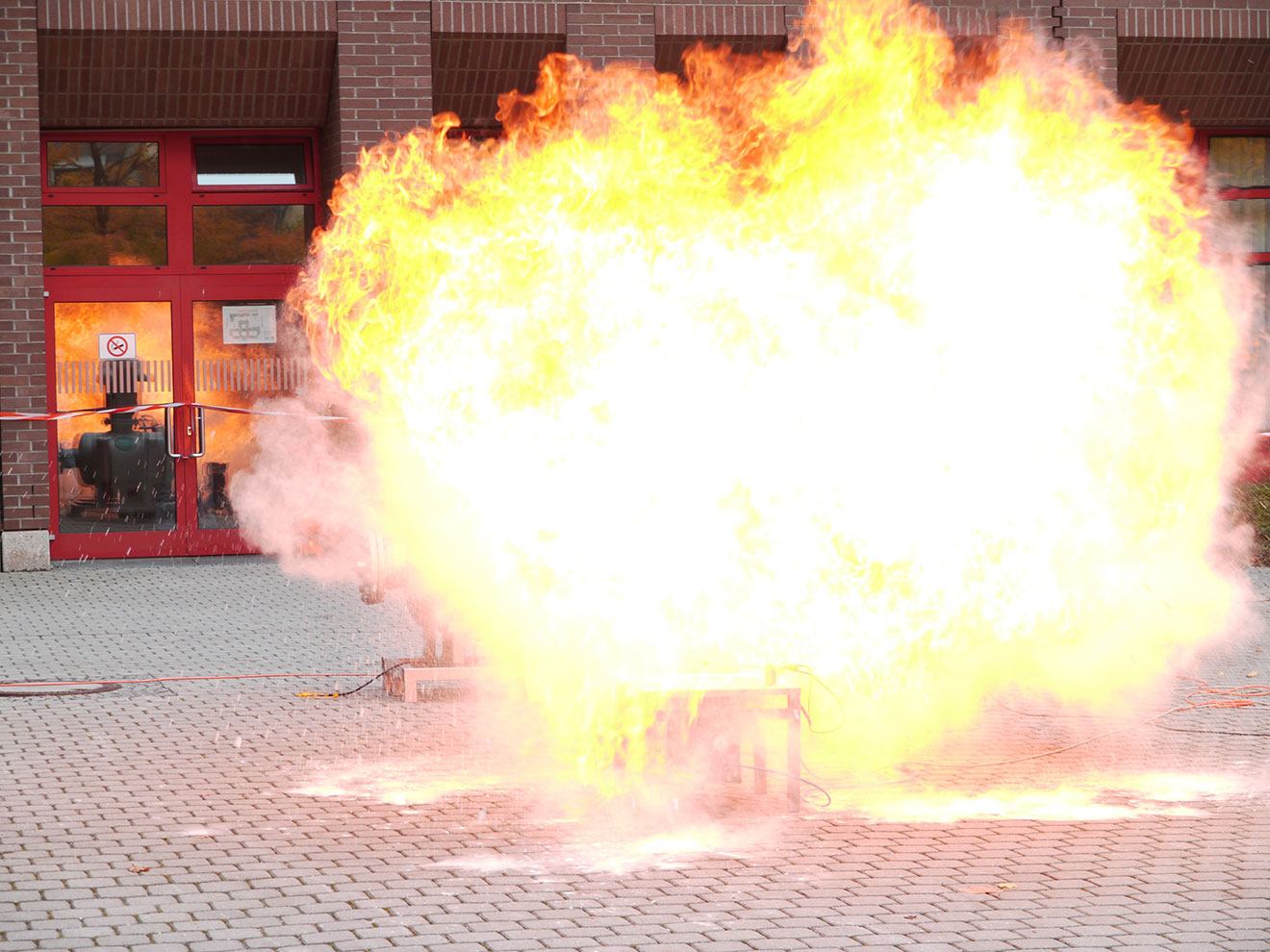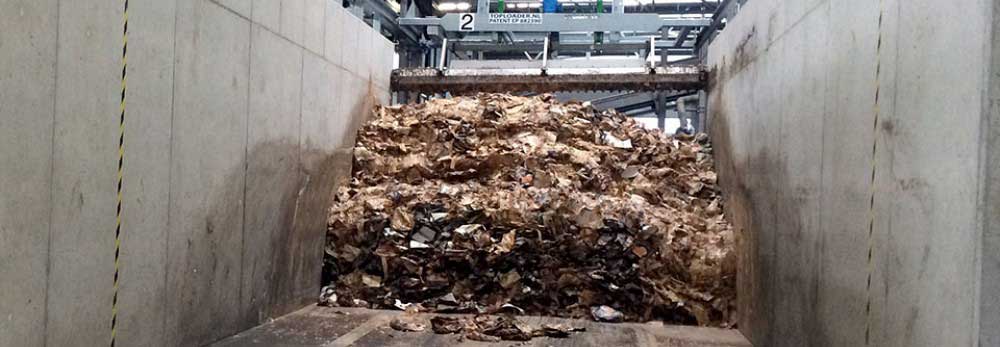
Unless certain safety precautions are taken, dust explosions can happen in a huge range of industrial workspaces, from coal mines to food processing lines. Unlike the breath-taking explosions that take place in films, these explosions aren’t created in carefully-controlled conditions. They’re accidents, they can ignite without warning, and they can be deadly.
Are you doing everything you can to protect yourself and others from dust explosions? Before we discuss how you can help prevent dust explosions, let’s take a quick look at how they form, and why they’re so dangerous.
What Causes Dust Explosions?
These five conditions need to be in place for a dust explosion to happen:
- Dust – Obviously, but not just any type of dust. It must be a combustible dust, like coal or sawdust. Many everyday organic materials can also cause dust explosions, like grain, flour, sugar, coffee, and pollen. And if they’re finely divided, powdered metals like aluminium and titanium can be combustible.
- Concentration – The dust must be suspended in the air, and it must be of a sufficient concentration.
- Oxygen – Atmospheric oxygen – that is, air – is the contributing factor in most incidents. But really, any oxidant can lead to a dust explosion, including compounds such as peroxides, chlorates, nitrates and dichromates.
- Ignition – A spark, or a flame. Electrical arcing from equipment is a common cause of dust explosions, as well as electrostatic discharge from improperly installed machinery. Hot surfaces can provide the ignition, such as overheated bearings in machinery. Dust explosions can even be created by static charges generated by the friction of the dust particles themselves.
- Confinement – Dust explosions tend to happen in enclosed areas, like buildings, silos, and mineshafts.
The Science of Dust Explosions
Even materials like aluminium, which you might previously have thought of as non-flammable, can become combustible in dust form. Then there’s wood. As a solid, it’s highly flammable but very slow to burn. But a tiny spark can be all that’s needed to cause wood dust to ignite and explode.
So why are certain dusts so combustible? What makes dust so deadly?
It’s because dusts have a large surface area compared to their mass, and burning can only occur at the surface of a solid, where it can react with oxygen. Also consider how a cloud of dust is a cloud of tiny particles, each of which has an extremely small mass. Because of this small mass, each particle can catch on fire with much less energy than is possible with bulk materials.
There must be a sufficient concentration of combustible dust to cause an explosion. The absolute minimal level of concentration is known as the lower explosive limit (LEL). If the concentration of combustible dust in the air is at or below 25% of the LEL, then the environment’s considered safe.
The same goes for the levels of oxidant required to cause an explosion. The fuel to air ratio must not be allowed to rise above the upper explosive limit (UEL). The more oxidant in the air, the greater the chance of explosion. The problem is that normal atmospheric oxygen is typically sufficient to cause a dust explosion, so long as those four other conditions are met.
Dust explosions are at their deadliest in confined spaces. Igniting the mixture of fuel and air creates a significant increase in pressure, which can cause considerable structural damage.
What Sort of Processes Can Cause Dust Explosions?
One of the most disastrous dust explosions in history is the 1878 Great Mill Disaster in Minneapolis, US. Excessive flour milling caused a high concentrate of flour dust within the mill. One spark was all it took to ignite the airborne flour dust, resulting in a huge explosion that killed 14 workers.
This disaster led to some major reforms of the milling industry, with many new safety precautions introduced to prevent the build-up of atmospheric dust. But sadly, this was by no means the last major dust explosion to hit the food processing industry. More recently, there was the 2008 Georgia Imperial Sugar Refinery Explosion. This incident was traced to a basement beneath the storage silos – an enclosed space with a high concentration of combustible sugar dust.
There’s also a long history of dust explosions in the mining industry. Coal dust is particularly combustible, and coal dust explosions can be particularly devastating. The explosion at the centre of the 1921 Mount Mulligan Mine Disaster, for example, was reportedly loud enough to be audible as much as 30km away.
Major industrial disasters almost always lead to investigations and reviews, so established industries like milling, food production and coal mining are much safer now than they were in previous decades. But new industries result in new dangers.
The growing additive manufacturing (AM) industry, for example, sees the creation of fine metal powder as a result of fusion processes like laser sintering. With the combination of combustible metal dust and sparks from cutting, AM specialists must be particularly wary of dust explosions.
How to Prevent Dust Explosions
It’s not enough to strive for a low LEL and UEL in terms of concentrate and fuel to air ratio. Accidents can still happen. For example, a bag could burst at the end of a production line. This could instantly create a substantial cloud of combustible dust, at which point all that’s needed to trigger a disastrous dust explosion is a spark.
Good ventilation is obviously a great place to start. In fact, improved ventilation was the main reform introduced after the 1878 Great Mill Disaster. Beyond this, it’s primarily a case of taking measures to avoid the formation of dust clouds.
If at all possible, you should never use bucket elevators to transport combustible dusts, as these will inevitably create clouds. Similarly, when moving materials in dust form, it’s better to use standard conveyor belts instead of vibratory systems.
Where possible you should strive to trap dust at source. Wet-type dust collectors are safer and more effective than cyclones and bag filter units, though it’s essential to keep them clean and well-maintained. Regular servicing is particularly vital if you’re working with metals like aluminium and magnesium, as these can react with the water in a wet collector to form potentially-combustible hydrogen.
In addition to trapping the dust at source, you can use fogging systems to reduce the levels of combustible dust in the atmosphere. Fogging systems are suitable for both internal and external use. They work through creating a fine mist that quickly mixes with any dust particles in the air, causing them to fall. The fog is substantial enough to suppress dust, but fine enough to prevent the operation area from becoming too damp.
Remember the five conditions that must be in place for a dust explosion to occur. The greatest contributor is the concentration of dust in the air, and this can be effectively alleviated with a combination of the right technology and some good housekeeping.











